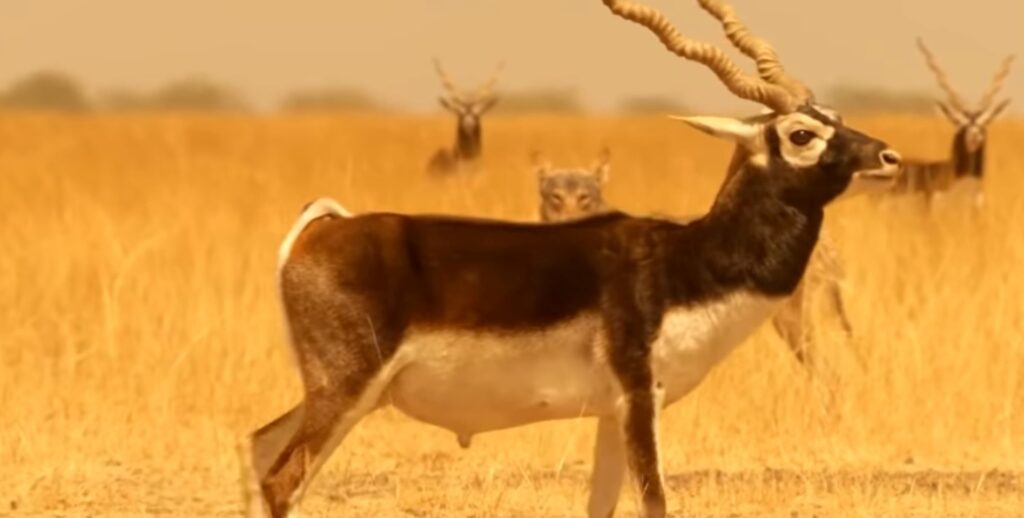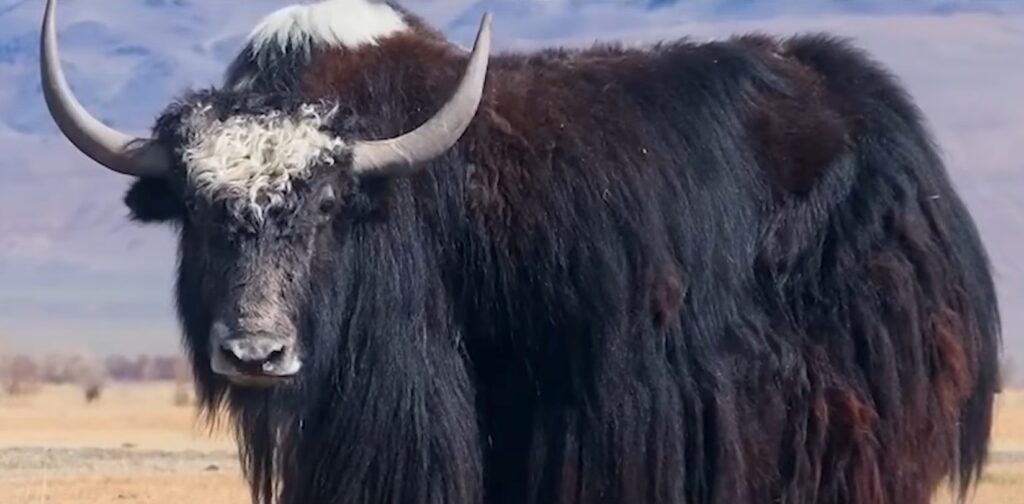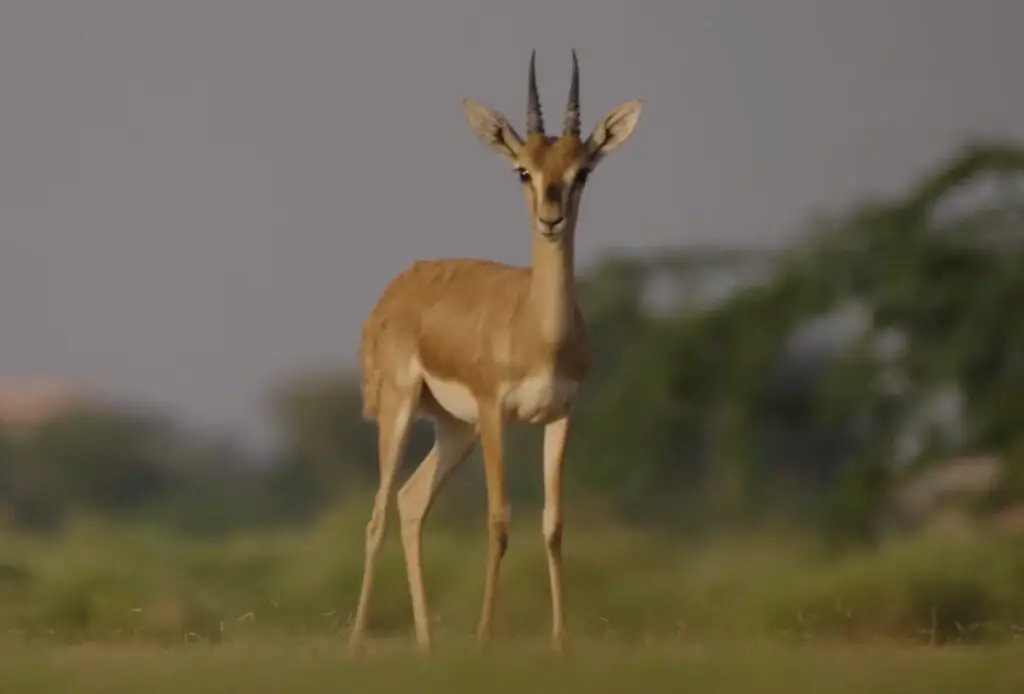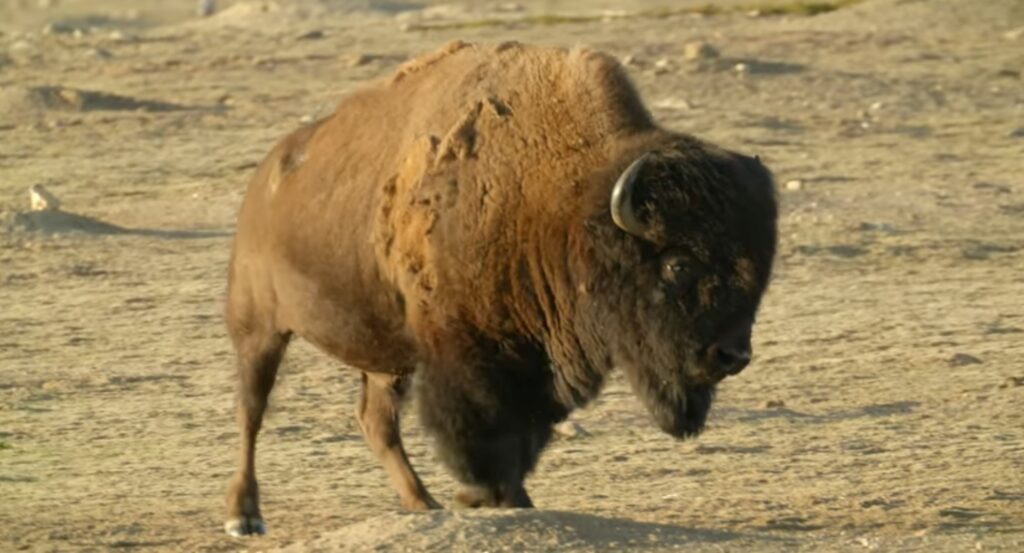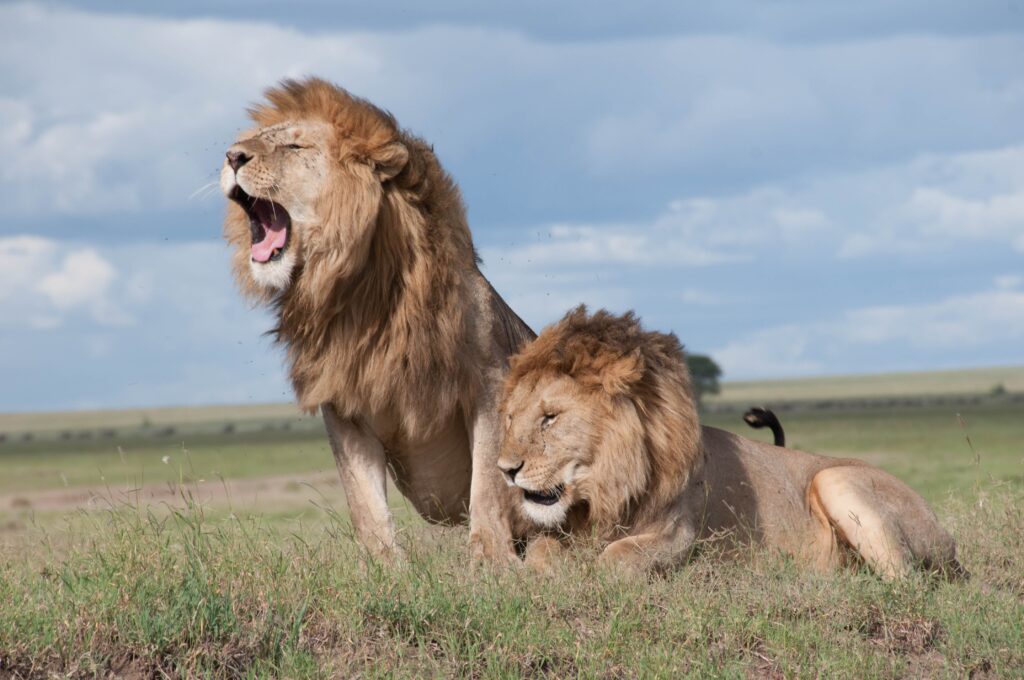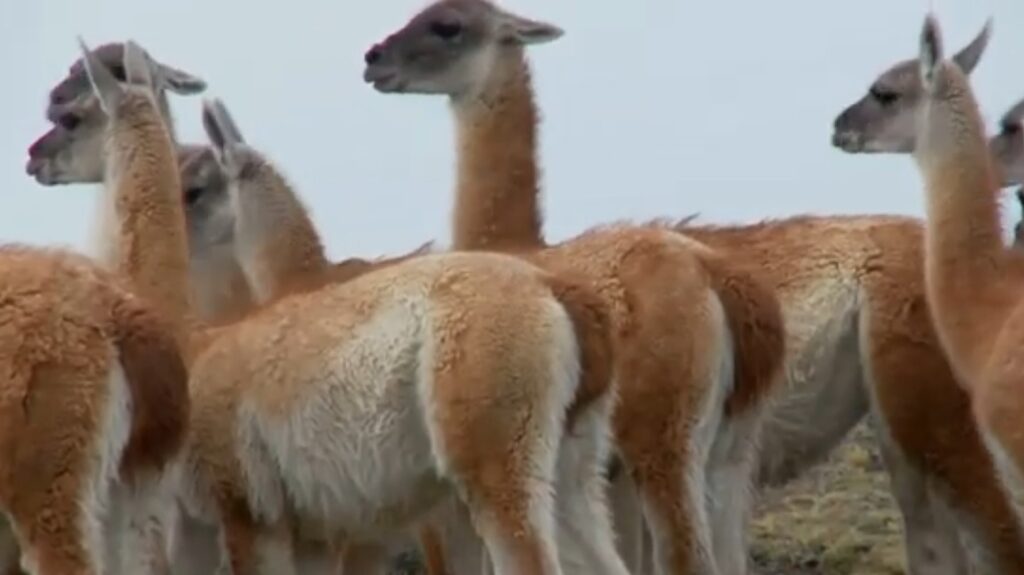Blackbuck antelopes (Antilope cervicapra) are a species of ungulate native to the Subcontinent. They are known for their striking appearance, with glossy black fur on their upper body and white underbelly. Adult males have long, spiral horns that can grow up to 28 inches in length. Females, on the other hand, are usually hornless or have small, straight horns.
Blackbucks are herbivorous animals and primarily feed on grasses and other vegetation. They inhabit grasslands, open woodlands, and semi-arid areas. These antelopes are social animals and typically live in herds consisting of one dominant male and several females.
During the mating season, male blackbucks engage in fierce battles to establish dominance and win the right to mate with the females. The males mark their territory with a secretion from their preorbital gland and display a unique behavior called “pronking” in which they leap and bound with all four feet off the ground.
Blackbucks are an important part of the Subcontinent cultural heritage and have been depicted in various forms of art and literature. However, the species has been facing several threats to its survival in recent years. Habitat loss due to agriculture, urbanization, and industrialization, as well as poaching, are the primary threats to blackbucks.
Poaching of Blackbucks for their meat, hides, and horns remains a significant concern in Pakistan and India. The Wildlife Protection Act, of 1972, provides legal protection for the species, and anyone found guilty of hunting or poaching black bucks can face imprisonment and hefty fines. Despite these laws, black bucks continue to face threats from poachers and illegal trade in their products.
Efforts are being made by the both Pakistani and Indian governments and various conservation organizations to protect the Blackbuck and their habitats. These efforts include the creation of protected areas, habitat restoration, and community-based conservation programs. As a result, Blackbuck populations are recovering in some areas, and the species has been classified as “near threatened” on the IUCN Red List.
In conclusion, Blackbuck antelopes are magnificent animals that are an important part of the cultural heritage. However, they are facing several threats to their survival, primarily due to habitat loss and poaching. It is our responsibility to ensure the protection of these animals and their habitats for future generations to appreciate their beauty and importance in the ecosystem.

Is Blackbuck antelope extinct in Pakistan?
No, Blackbuck antelopes are not extinct in Pakistan. Although their populations have declined significantly in recent years due to habitat loss and hunting, black bucks still inhabit certain parts of Pakistan like the Thar Desert. The species is listed as “endangered” on the IUCN Red List in Pakistan, and conservation efforts are underway to protect and conserve the remaining populations.
The Pakistani government has also taken measures to provide legal protection to black bucks under the country’s wildlife laws. However, illegal hunting and poaching remain a significant threat to the survival of blackbucks in Pakistan, and it is important to continue conservation efforts to ensure the survival of this iconic species.

